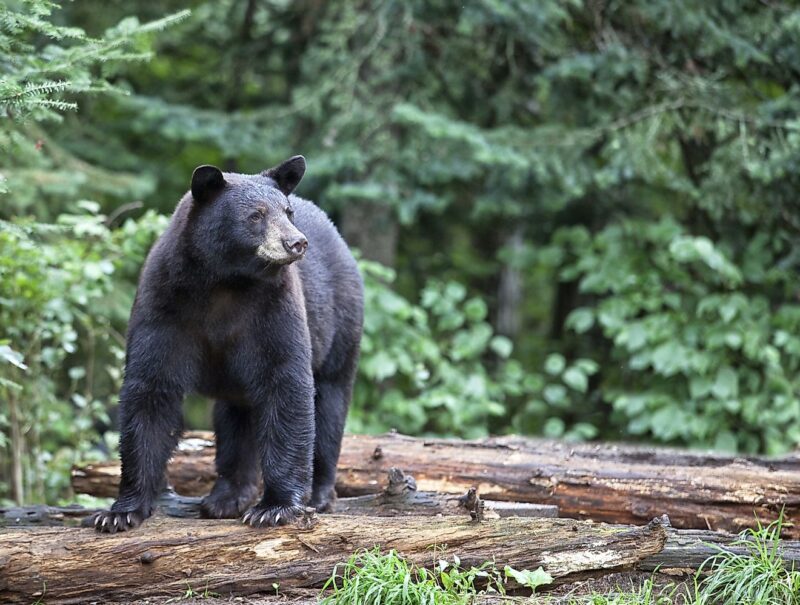Bears: Majestic, powerful, and often a subject of fascination. But amidst their towering presence and undeniable force, a rather peculiar question arises – do bears actually have tails?
This seemingly simple inquiry opens up a world of curiosity about these magnificent animals.
At first glance, the anatomy of bears might not prominently feature their tails, leading to widespread curiosity. Today, we’re discussing their anatomy to reveal the truth behind this question.
In this article, you will learn:
- The nature and characteristics of bear tails across different species.
- Intriguing details about grizzly, polar, and marsupial koala bears.
- The evolutionary significance and functionality of these animals’ tails, including aspects of balance and adaptation.
So, without further ado, let’s get started.
Anatomy Explained
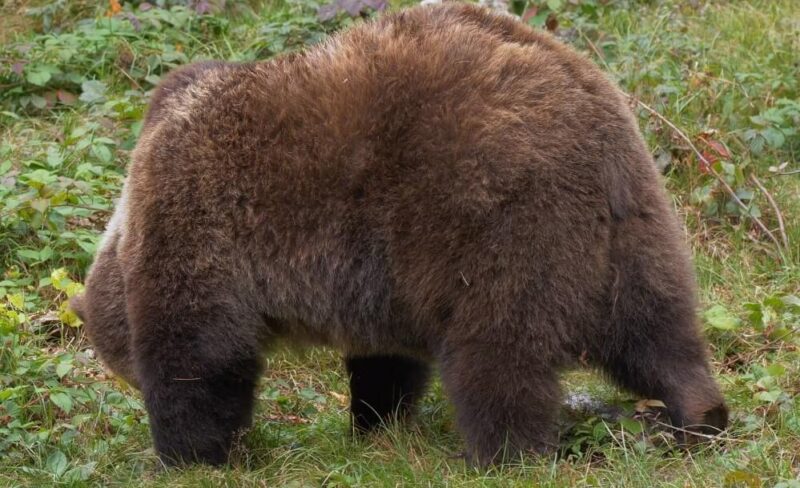
Bears, revered as majestic mammals, are known for their robust physique and striking presence. Yet, when it comes to their tails, many might be surprised by what they find.
In fact, all bear species possess tails, though they are often overshadowed by their more prominent features. These tails, typically short and not easily visible amidst their thick fur, are a point of intrigue.
What’s particularly fascinating is the concept of the vestigial tail in bears. Unlike other animals with long, expressive tails, bears have tails that are mere remnants of their evolutionary past.
These small tails, often hidden under layers of fur, play a minimal role in their physical functionality. X-ray studies of bear skeletons provide a clearer picture.
They reveal these vestigial tails as small extensions of their vertebrae. While these tails may not be prominent, they are a proof to the evolutionary journey of these animals.
The Varieties of Species and Their Tails
The bear family, diverse and widespread, includes several species, each with unique characteristics, including their tails. Let’s explore some of the notable varieties:
Grizzlies
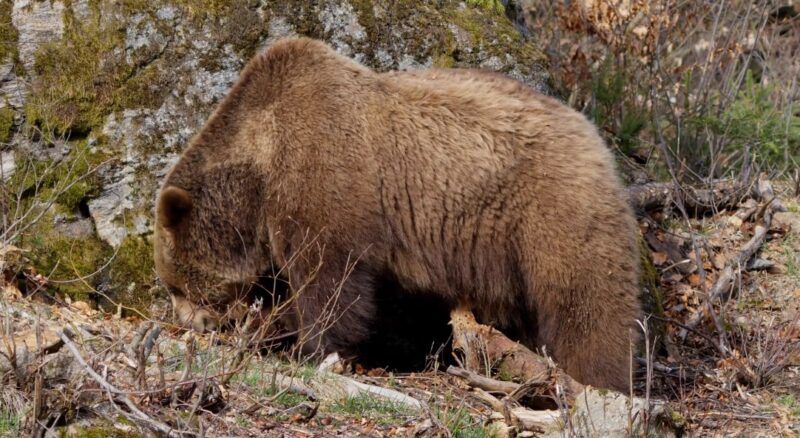
Found primarily in the Pacific Northwest, grizzlies have a reputation as formidable omnivores. Their tails, while short, are crucial for balance, especially when standing upright or navigating rough terrain.
The tail of a grizzly bear, though not used for hunting like in some other animals, plays a subtle role in their overall agility and balance.
Polar Bears
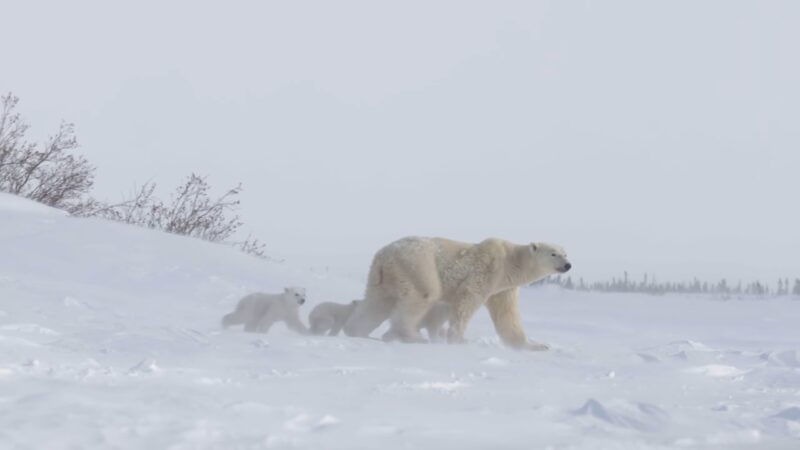
Inhabitants of the Arctic region, polar bears have evolved to thrive in a harsh, icy environment. Their tails, surrounded by substantial body fat and blubber, are vital for maintaining heat.
While their tails are not prominent, they contribute to the streamlined shape of the polar bear, aiding in swimming and insulation against the extreme cold.
Koalas
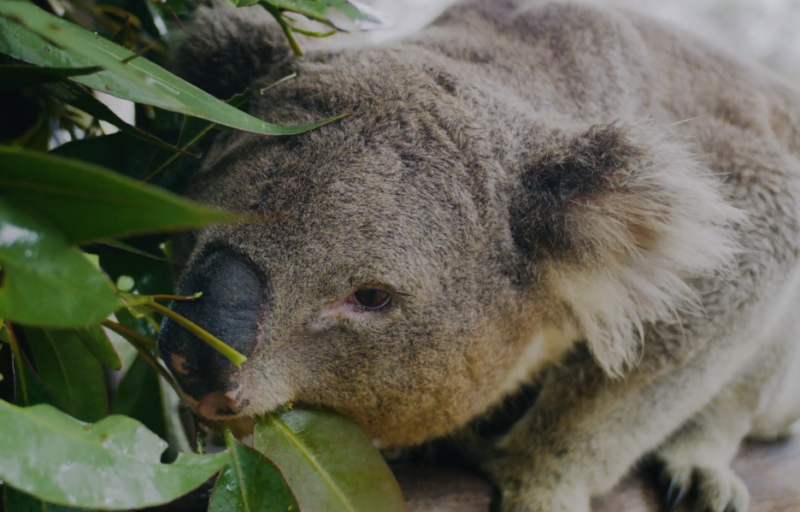
Although not true bears, but marsupials, koalas of Australia, one of the slowest animals on our planet, are often included in this discussion due to their bear-like appearance.
Koalas have more noticeable tails compared to other bear species. Their small yet functional tails aid in balancing while navigating eucalyptus trees, a crucial aspect of their habitat.
Each species we’ve listed shows how the tail, whether a small vestigial remnant or a more functional appendage, plays a role in the bear’s adaptation to its environment and lifestyle.
The Evolutionary Perspective
The evolution of bear tails is a fascinating aspect of their biology. Over millions of years, their tails have transformed significantly.
Initially, ancestral bears likely had full-sized tails, serving various functions from balance to communication.
However, as the species evolved, their tails underwent a remarkable transformation. The transition from a full-sized tail to a vestigial one is a testament to evolution’s impact on anatomy.
This change indicates a shift in the bear’s ecological role and behavior. The shortening of the tail over generations suggests that the long tail was no longer advantageous for survival or reproduction.
For instance, in modern bears, a long tail might have been a liability, potentially making them more susceptible to parasite attacks or less agile in their dense forest habitats.
Moreover, the evolution of the tails aligns with changes in these animals’ diet, habitat, and overall size.
As bears grew larger and more ground-dwelling, a long tail lost its utility. Today, the bear’s vestigial tail is a small reminder of their ancestors’ vastly different lifestyles and environments.
Special Features of the Tails
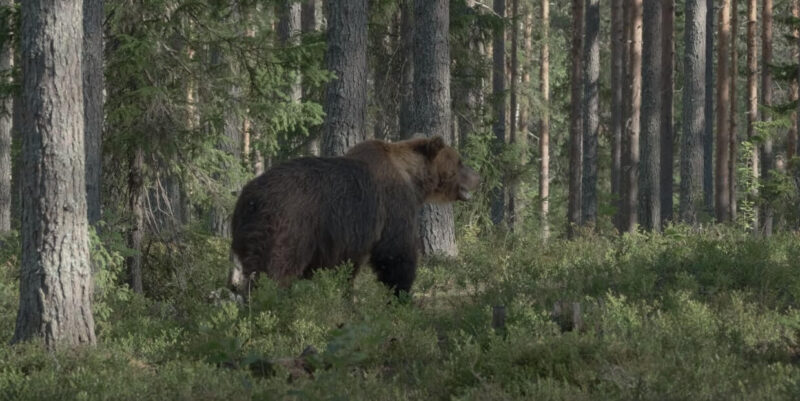
Bear tails, though small, play interesting and unique roles in the lives of these animals. One such role is in scent communication.
Many species have scent glands near their tails, which they use to mark territory and attract mates during the breeding season.
These glands secrete a liquid that bears rub onto trees, rocks, and the ground, leaving a scent trail that conveys vital information to other bears in the area.
In terms of physical utility, the bear’s tail contributes to balance, albeit in a less pronounced way compared to other animals. For instance, when a bear stands on its hind legs, the tail provides a counterbalance, albeit minor, to its large body.
This is particularly true in species like the marsupial koala, where the tail, though small, aids in maintaining balance while climbing and navigating through eucalyptus trees.
Interestingly, the functionality of tails can also be seen in the context of their overall body mechanics.
While they don’t use their tails for propulsion like kangaroos or to swing from trees like some primates, bears have evolved to use their tails in ways that complement their size, habitat, and lifestyle.
Bears and Their Environment: Tail Adaptations
Habitat Adaptations
Grizzlies
- Native to forested and mountainous areas.
- Tails assist in navigating rocky and uneven terrain.
Polar Bears
- Adapted to Arctic ice and cold waters.
- Tails help in streamlining their body for efficient swimming.
Koalas
- Thrive in the eucalyptus forests of Australia.
- Tails provide stability while maneuvering through trees.
Environmental Interactions
Foraging and Hunting
- Bears use their tails subtly during foraging, aiding in maintaining balance.
Climatic Adaptations
- In colder regions, tails are more concealed to preserve body heat.
Evolutionary Significance
Survival Mechanism
- Evolution of tails aligns with environmental adaptability.
Physical Evolution
- Changes in tail size reflect shifts in dietary and behavioral patterns over time.
FAQs
Can bears move their tails like dogs or cats?
No, they cannot move their tails with the same range of motion as dogs or cats. Their tails are much less flexible and functional.
Do bear cubs have more prominent tails compared to adults?
No, their tails are proportionately similar to adults’ – short and not very prominent.
Are there any bear species known to have longer tails historically?
Historically, no species are known to have had significantly longer tails. The short tail is a consistent feature across these animals’ evolution.
Do bears use their tails for communication?
They do not use their tails for communication. They rely more on vocalizations, body language, and scent marking.
Is there any difference in tail length between male and female bears?
There is no significant difference in tail length. Both genders have similarly short tails.
Have bear tails shown any significant evolutionary changes in recent history?
In recent evolutionary history, bear tails have not shown significant changes. They have remained short and vestigial for a long time.
Final Words
In summary, we’ve discovered:
- Bears have vestigial tails, small but integral to their anatomy.
- Variations exist among species like grizzly, polar, and koala bears, each adapted to their environments.
- These tails are evolutionary remnants, indicating past adaptations and ecological shifts.
Bears are fascinating animals that have evolved from ancestors that had long tails. However, over time, their tails have become shorter and less noticeable, as they do not serve a vital function for their survival or communication.
Depending on the species, bears may have a small flap of skin, a patch of fur, or no tail at all.
The main purpose of their tails is to cover their rear end and protect them from the cold and parasites.
Some bears may also use their tails to spread their scent and mark their territory. Whether they have tails or not, these animals are still able to move around with ease and adapt to various habitats around the world.
Related Posts:
- Why Do Rats Have Tails? These are the Three Main Purposes
- Where to Find Raccoons in the Forest? Wildlife Encounters
- Are Opossums Dangerous to Humans? Unmasking the Truth!
- Are Foxes Canines? - Let's Unveil The Truth
- Can Crocodiles Feel Pain? - Truth Revealed
- Why Do Dolphins Jump Out of the Water? - Unique and…


